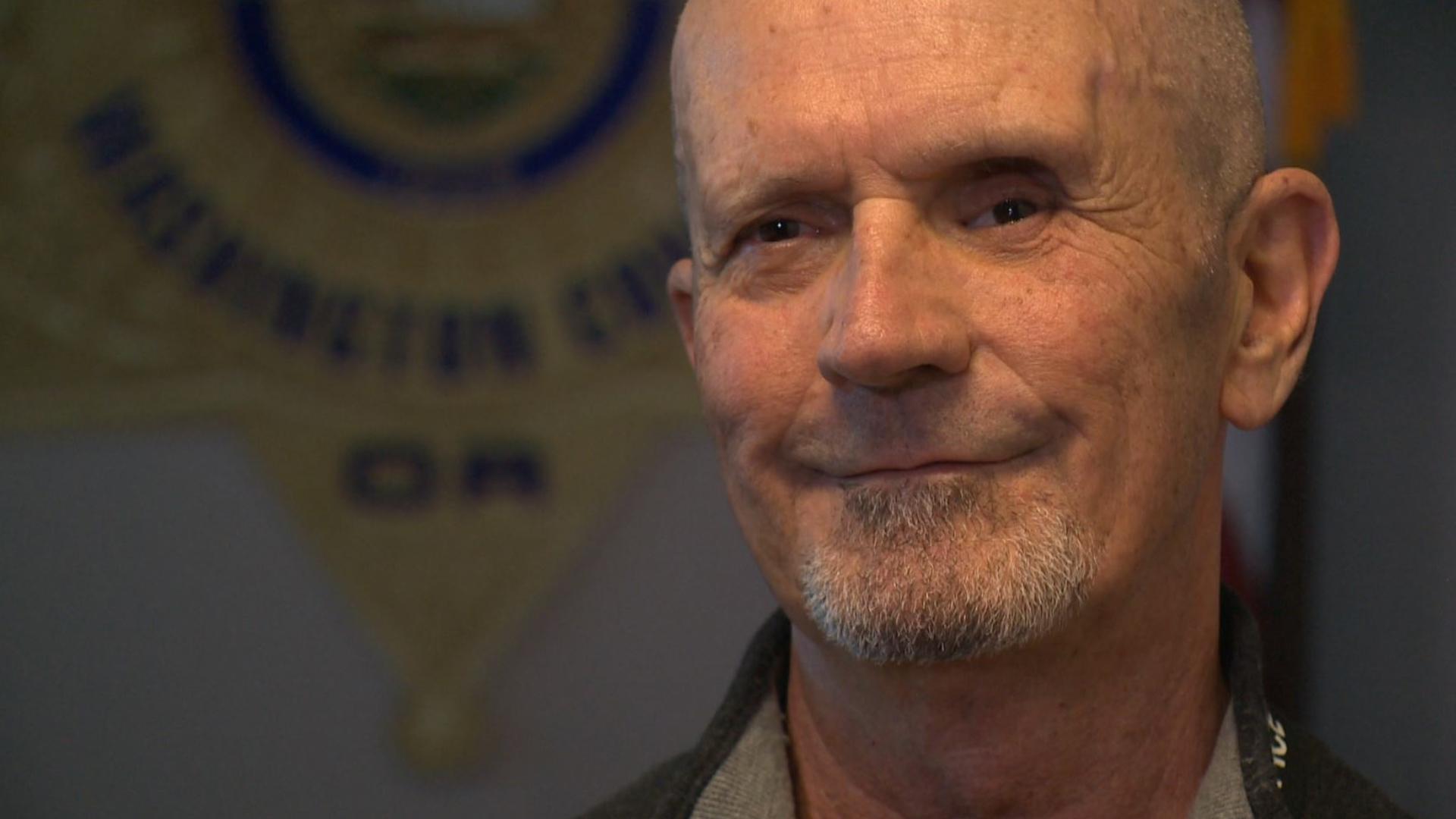PORTLAND, Ore. — Multnomah County has started using EMT crews to respond to lower-acuity 911 calls, part of the county's efforts to improve poor ambulance performance and lagging response times.
The response time issue has put a spotlight on a county rule that requires two paramedics per ambulance, despite requests from ambulance provider AMR to lower the requirement to one paramedic and one EMT. The county isn't backing off from the two-paramedic rule for mainline "Advanced Life Support" ambulances, but the new strategy of sending EMT-only crews — dubbed "Basic Life Support" ambulances — is an attempt to find another way to reduce the workload for paramedics.
Starting this week, AMR began sending BLS units directly to low-risk calls for service. EMT crews responded to 12 calls on Tuesday, the first full day of BLS direct dispatch, according to county spokesperson Sarah Dean. Until now, the county required an ALS crew to arrive first at a scene, assess a patient, and then call for a BLS crew if applicable.
County leaders said they're hoping that a modified triage and dispatch system and growing utilization of the BLS response can ease the staffing strain that's led to thousands of delayed and unavailable ambulances for emergency calls so far in 2023.
"[With the BLS system online], we plan to have an additional boost of available ALS ambulances by decreasing the calls they have been responding to by 10 percent," Dean shared in a statement.
Multnomah County started preparing for the new usage of EMTs in BLS crews months ago, implementing changes at the Bureau of Emergency Communications dispatch center.
When a bureau responder triages a 911 call as a lower-acuity call under the news system, the call gets routed to an AMR paramedic who calls the patient and "reassesses and manages the call" — which could include sending a BLS team or waiting until an ambulance crew is available.
There is one AMR paramedic on duty at all hours of the week to manage these types of calls, Dean said. The county and AMR had used a similar tiered dispatch process during winter weather events, but this is the first time the technique has been applied to try to tackle the county's ambulance response time problems.
The "lower-acuity management pilot" at the dispatch center started on May 23. In the first month, the assigned AMR paramedic managed 1,050 calls.
The paramedic determined that about 94% of those calls were correctly identified as "appropriate Basic Life Support" calls. The paramedic called for ALS response on 60 of the calls — less than 6% — according to county data.
Prior to the pilot program, 911 calls were immediately dispatched out to ambulances as they came in, which could often create a system where all ambulances were unavailable to respond to new emergency calls, including a man in a wheelchair who was hit and killed in the street, and a federal officer who was attacked in downtown Portland.
Multnomah County officials said they're hoping to lower the frequency of these "Level Zero" calls — the code for when no ambulances are available.
"The system is experiencing fewer times when no ambulance is available," Dean said in a statement. "[Between January and May] there were 41 calls [per day] on average when no ambulance was available. That has dropped to an average of 28 calls [per day]."
Dean said Level Zero calls are still occurring, however, when there is "exceptionally high call volume" and during the night hours.
A Multnomah County EMS Operational Policy document, released Tuesday, outlined that the BLS Pilot Project is restricted to Code 1 (no lights or sirens) calls, in which individuals do not indicate any "priority signs or symptoms" such as trouble breathing or altered level of consciousness. Dean described the call types as ones with "minor complaints such as general sickness, nausea, vomiting, rash, minor bleeding that is under control, injuries or illnesses that have been going on for long time frames more than six hours with no change."
Under the updated system, if no BLS unit is available to respond to a call, and ALS unit will be sent. The county is also hiring more EMTs to staff BLS units.



